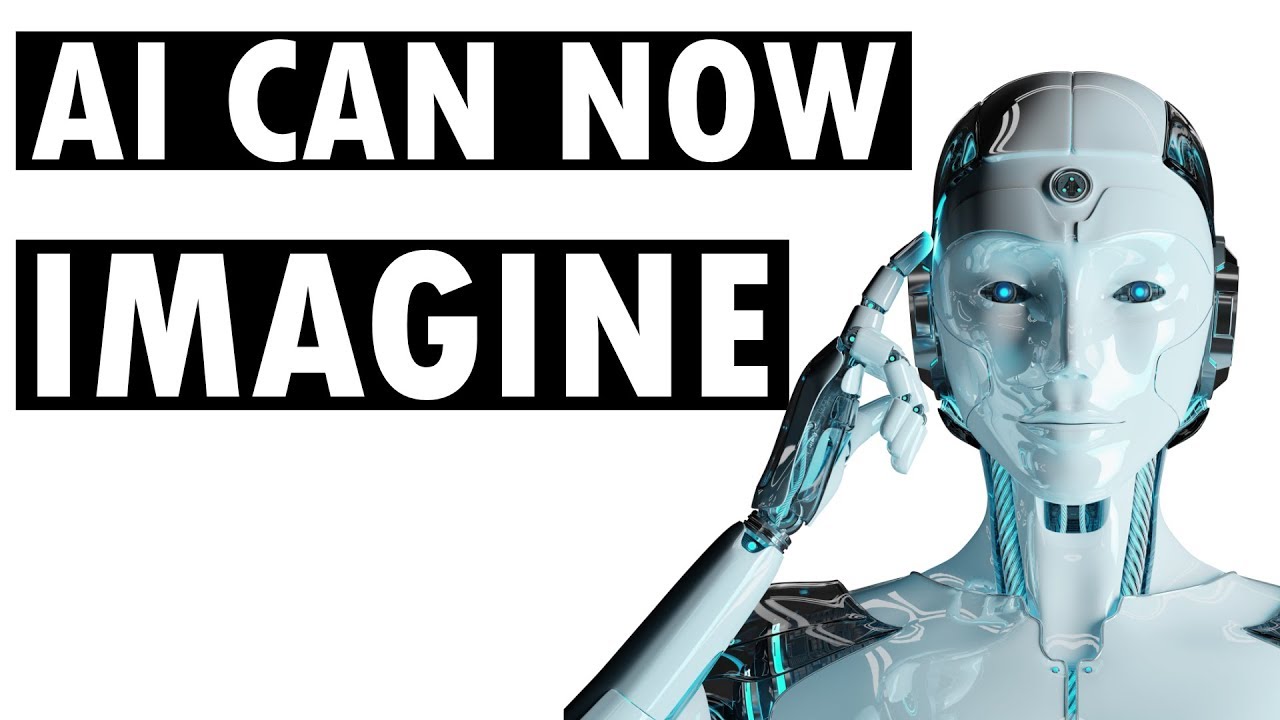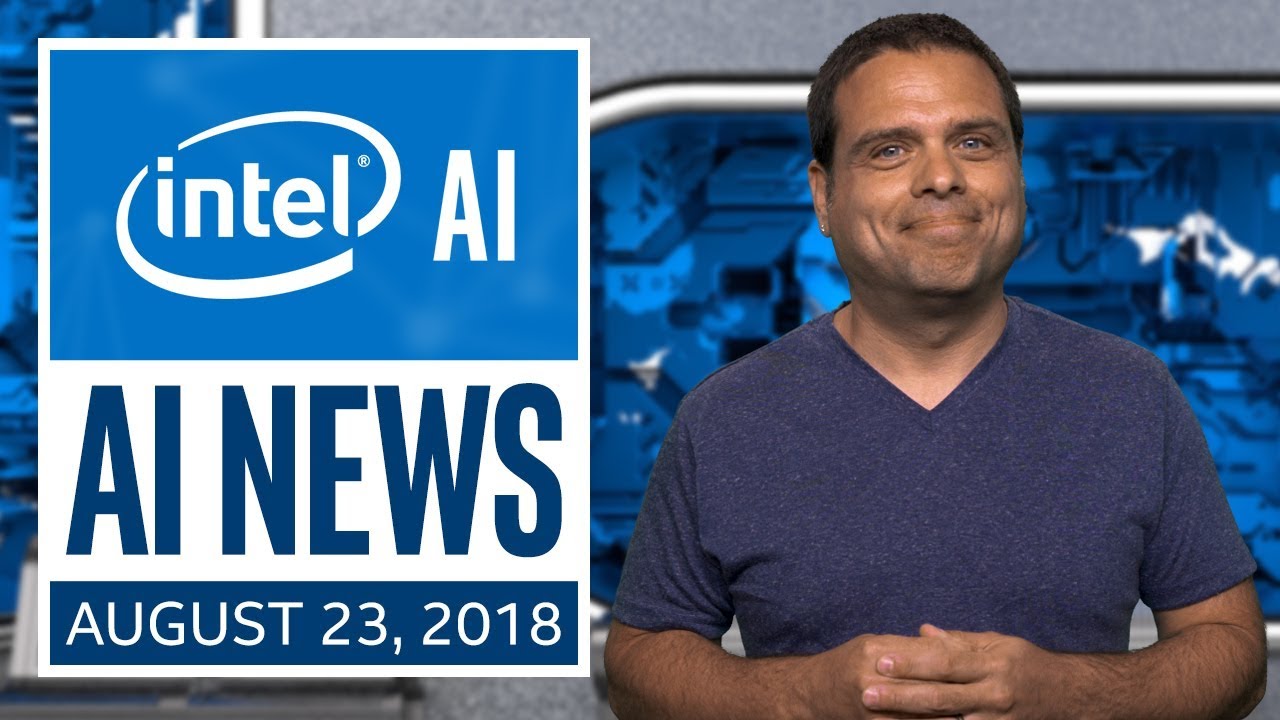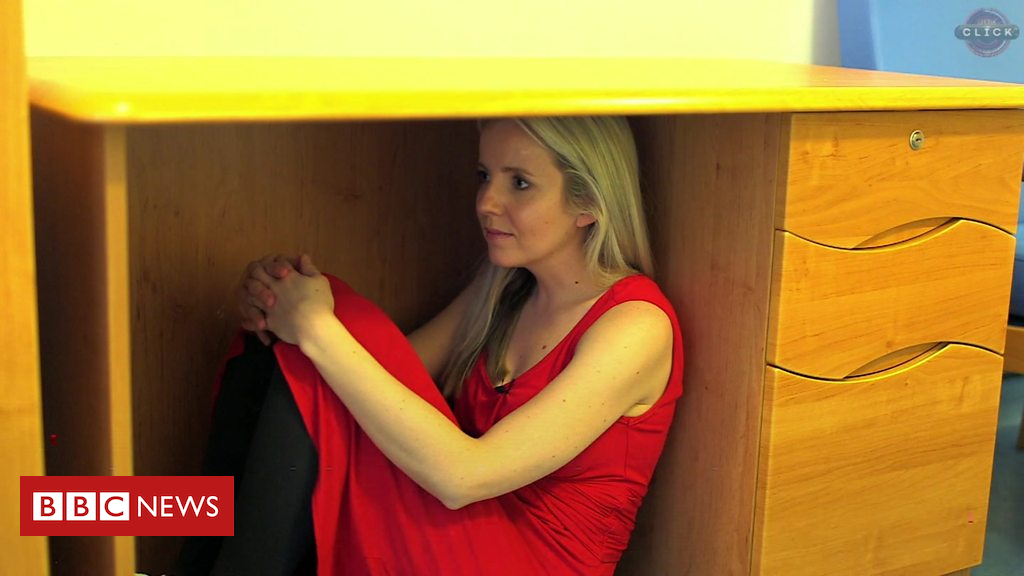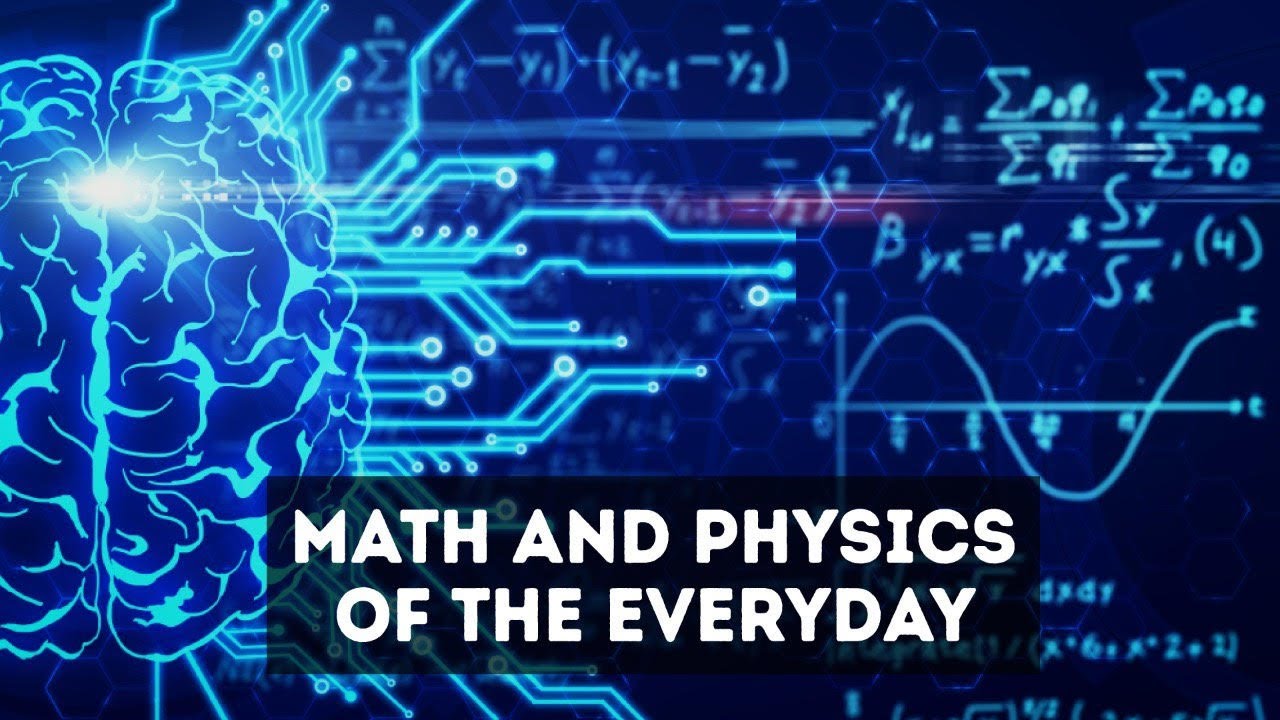NeoScribe
Hello, welcome to NeoScribe.
Using our imagination is easy.
We can all close our eyes, and think of ice cream, or cake, or even better, cake and ice cream.
But teaching AI to imagine things has been very difficult up until a few years ago, with the advent of Dueling Neural Networks, also known as Generative Adversarial Networks or GANS.
GANs is the next frontier in Machine Learning and it involves using two Neural Networks with opposing objectives to train one another, resulting in mind-blowing results.
The first network is the generator which is programmed to generate images from random noise, with the goal to fool the other network called the discriminator, which is programmed to detect whether images are real or fake.
First, the discriminator network is trained on a dataset, commonly referred to a training set.
An example would be showing the network many images of faces until they are able to recognize images of faces from other images.
Once the discriminator network is trained, its pitted against the generator like a 2-player game.
The generator produces an image from random noise, trying to fool the discriminator as mentioned before.
Then the image, along with a stream of real images is sent to the discriminator which predicts the probabilities of the images being real or fake.
Whenever the generator creates an image that the discriminator identifies as fake, it learns from the failure and generates more realistic images.
Likewise, when the discriminator incorrectly identifies a fake image as real, it learns from it and becomes more accurate at authenticating.
This process creates a rapid feedback loop until the network reaches a point of equilibrium, successfully completing the training phase.
So, after the training phase is complete, you have a generator network capable of creating realistic images based on what it learned.
Here are some images generated from a GAN project done by Nvidia where they trained the worked with a huge dataset of 30,000 images of real celebrity faces.
Researchers taught the discriminator network how to identify real faces of celebrities, while the generator was programmed to create images of faces with the goal that they will be authenticated.
Then the networks dueled each other off of very simple 4×4 resolution images of a few skin-colored pixels.
Then the researchers gradually trained the networks, layer by layer, expanding to 8×8 resolution, then 16×16 all the way up to the 9th of 1024×1024 resolution.
This process took over 30 hours involving the authentication of over 10 MILLION images.
And by the time the training was complete, the generator network was able to produce these incredible images of fake people.
Look at that, these aren’t real people, they’re essentially imagined by artificial intelligence!
Now I want to turn our attention to a group of artist and researchers out of Paris called Obvious.
Obvious applied GANs algorithms to teach generator networks how to produce images of fine art portraits.
The group fed the system with a dataset of 15,000 portraits painted between the 14th and 20th century.
After the training process, Obvious had the generator network produce an 11-portrait series designed to resemble a fictional family called the Belamys.
Look at these creepy images that came out of the network’s model.
I like this one the best, the network really captured the sorrow of living in the 1600’s without electricity, Wi-Fi and smart phones.
And someone must have really, really liked this one called The Portrait of Edmond de Belamy because it was recently sold at Auction for $432,000!
While these applications of GANs are amazing, it appears that researchers are just scratching the surface.
Researchers are starting to use GANs to teach AI how to form images from text.
They are exploring the possibilities of using GANs to generate drugs for previously incurable diseases.
Or using them to generate new anti-cancer molecules.
GANs have only been around for about 5 years when they were introduced by Ian Goodfellow in 2014.
Think about 10 years from NOW, imagine what networks can IMAGINE then?
Alright, that’s all I have, for now, I hope you enjoyed your journey, if you did, please leave a like and subscribe.
I am NeoScribe and I’ll see you on the next journey.
Sources: (Not a complete list because description character limit)
AI PORTRAIT: https://www.theverge.com/2018/10/25/18023266/ai-art-portrait-christies-obvious-sold
EXPLAINER: https://towardsdatascience.com/generative-adversarial-networks-explained-34472718707a
NVIDIA RESEARCH: https://research.nvidia.com/sites/default/files/pubs/2017-10_Progressive-Growing-of/karras2018iclr-paper.pdf
FUTURE APPLICATIONS: https://blog.statsbot.co/generative-adversarial-networks-gans-engine-and-applications-f96291965b47
Tero Karras: https://www.youtube.com/watch?v=G06dEcZ-QTg&feature=youtu.be
Source




*Robots*
*AI*
*Shows image of cake, captioned "Real"*
I see what you did there, damnit. IT'S A LIE! IT'S A GODDAMN LIE!
(Oh man this is kinda long) "This isn't how imagination really works, it's just learning from things people have already made!"
Hey, people do too! Art made by humans is just the recreation of an image, or combination of images we have happened to see throughout our lives due to circumstance.
It's exactly what the AI has done in the video, it's seen millions of faces, and now it can create its own using what it knows.
But, I think the real thing that separates the two is the fact that a machine is *perfect*. It can perfectly create the image it's imagining per-pixel. We can't, and if we could, it'd probably look very similar to the weird dreamlike images that neural networks are known for creating.
ANYWAY, it'd be really cool to see an AI like this learn from millions of real-life images and other people's art, first conceptualise its own (create the image internally), and then actually paint it through whatever mechanical medium, since that's what we do. We introduce misakes through concretizing thoughts, and that's what brings a much more "human" feel to paintings, yknow?
It's cool! But not really scary, I feel like an alien invasion or something is more looming than tech from the 1960s (neural networks are a hella old concept, but now we have computers good enough for them to be useful) creating artificial sentience.
Anyway if you're readin this, hey! Hope you're doin good
2:58 that one, that girl, the third on the right, that one looks beautiful… n.n
Ok who are the idiots who think robots should follow humans in every way
That's not imagining, that's making things. In order to imagine, they must know what they are imagining.
Gans by goodfellow,
Batteries by goodenough,
Oh god, These people with good in thier sirnames are amazing at science?
Can't wait to buy my second wife
I think humans are some type of AI too with feelings etc..
That makes sense as our brains have two hemispheres that seem opposed but also work together.
There are people out there who literally can't imagine. Just pointing that out.
…this is kinda horrifying in terms of the implications.
Singularity is gettkng closer. Lets enjoy the rollercoaster!
2:49 The woman in the middle is not real? That was really hard to spot.
Yo… Acid. Anyone who knows knows what I mean.
Hey man can you credit or link the ending song? Really like that melody
Thank you
Great video
This has the potential to revolutionize the porn industry and potentially damage most if not all pornstars careers.
01:54 It is not "nee_vi-dia"; but "en_vi-dia" ( the phonetic word "envidia" means "envy" in spanish).
Yay one step closer to skynet!
Yeah… no imagination here since there is still probability and copied templates involved. Though very interesting to know how far AI's have come.
Oh shit we entering terminator terror
WELL YIKES
A digital photo was sold for 400k? Who painted it huh? Sounds like a fake to me..
But can it imagine a new color?
You are my favorite channel!!
Like an immune system.
I wouldn't be surprised if this process they created is similar to how our brains imagination works
Wow! This was amazing!
2:42 till 2:47
scares the crap out of me xD